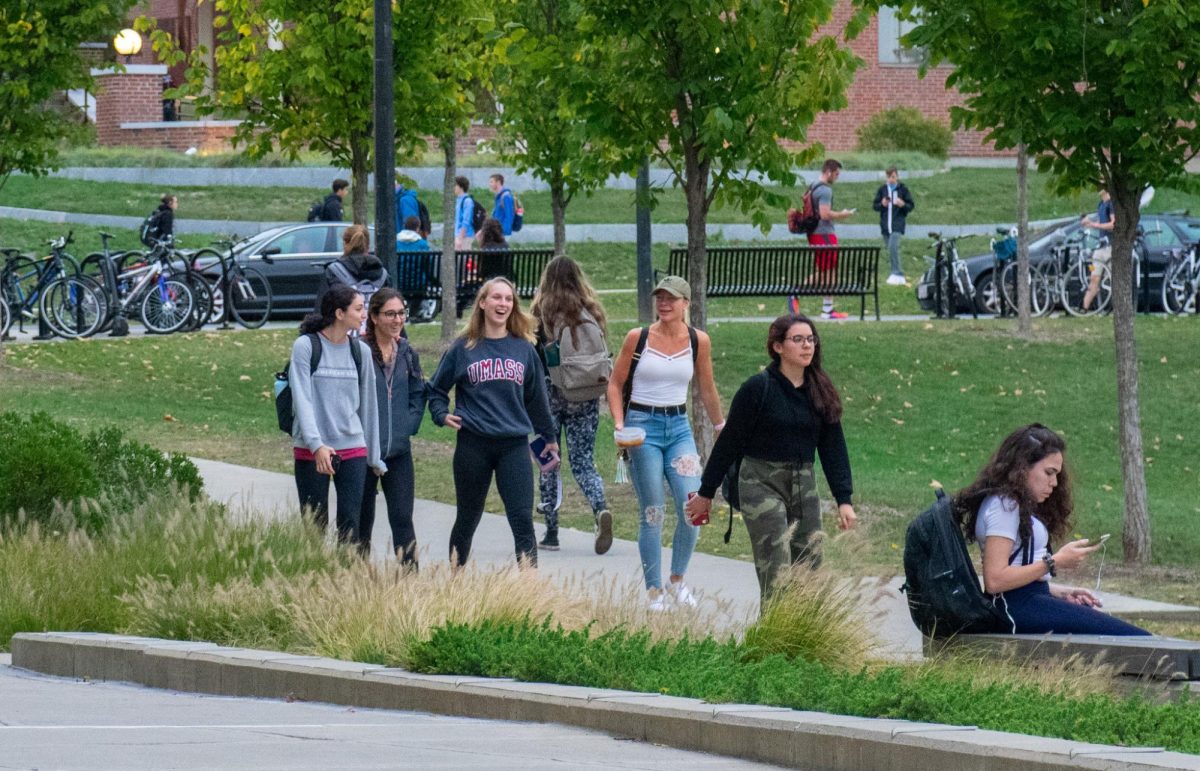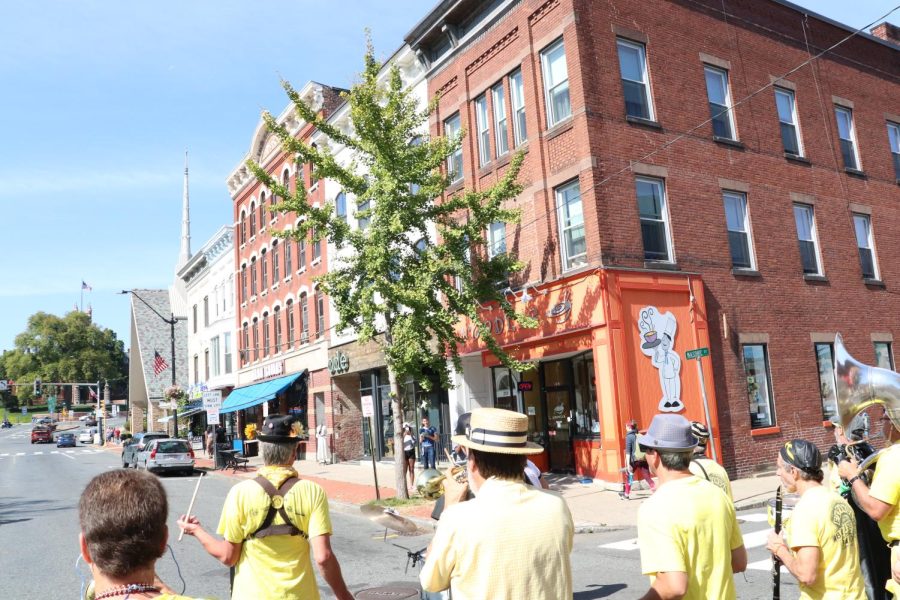
Dr. Steven Kassels, a board certified physician and medical director at Community Substance Abuse Centers in New England, spoke about the current heroin epidemic sweeping the nation Monday night in a talk at the University of Massachusetts.
“The Heroin Epidemic in America – Why Now?” was organized and sponsored by the School of Public Health and Sciences, UMass Hillel, and the Five College Culture, Health and Science program. About 100 people attended the talk, held in the Integrative Learning Center.
Kassels shed light on the pressing issue of drug use and addiction in America, specifically heroin and other strong pain relieving drugs and opiates. He said he first became interested in addiction when he saw that 50 percent of the patients being treated at an emergency medical center were on addiction medicine, ranging from heroin to alcohol.
He touched upon various significant causes that have contributed to the recent epidemic across the country, such as “injudicious rescrubbing by medical doctors”, which has caused many patients to be addicted to opiates in situations that physicians are believed to be over-prescribing them the required drug.
He also cited the weakness of physician training in which individuals with less than 10 hours of informal training are allowed to treat patients suffering addiction.
Kassels mentioned the powerful opiate oxycontin, which can influence people to shift to heroin use.
“When pharmaceutical companies tested the component of the drug, it was difficult for people to snort, inject or inhale the drug, making people shift to heroin,” he said.
Heroin became prevalent in western markets, creating a large supply and demand, and making the drug affordable to many, due to the war in Afghanistan that allowed farmers to grow and sell opium when their subsidies
The addiction epidemic persists because the “Not In My Backyard” effect allows each community to accept that the problem of addiction does not exist within itself, leading to other communities to also denying the problem.
“In addition, with cuts in mental health funding, there is an increased amount of individuals diagnosed with depression, anxiety and bipolar disorder who self-medicate on heroin, alcohol and cocaine,” he said, mentioning that this is further amplified by the availability of these drugs through internet sales.
“The prescription of these drugs kill an average of 44 people per day as well as 259 million prescription for pain have been recorded,” he said.
White, black and Hispanic individuals had the same use of heroin in 2002, according to Kassels. In a decade, it has become apparent as a Caucasian illness, with the epidemic migrating from inner city minority communities to primarily white men and women in their late 20s.
He also read excerpts from his recent book, “Addiction on Trial: Tragedy in Downeast Maine”. The talk promoted strategies to educate the masses about addictive substances and understanding the consequences and costs for not treating opioid dependency addiction. The need for discussion on bias and the need to expand medical training and education were also discussed.
The different treatments for drug addiction were also mentioned, specifically treatments using methodone and suboxone that do not make patients feel ‘high’ and do not trade one addiction for another. Kassels compared the dramatic reduction in crime rates before and after treatment, reporting that there are 91 percent less arrests, employment goes up by 27 percent and medical visits reduce by 59 percent.
Lastly, he discussed current efforts within New England aimed to reduce the intensity of the epidemic. Vermont State Police, under Gov. Peter Shumlin, have realized that arrests are not the best way to handle crimes committed by addicts. Instead, these people are often referred to treatment.
The New Hampshire Medicine Board is also creating rules about drug prescription. Massachusetts Gov. Charlie Baker has also been putting forward the controversies of the issue.
Tanaya M. Asnani can be reached at [email protected].

















